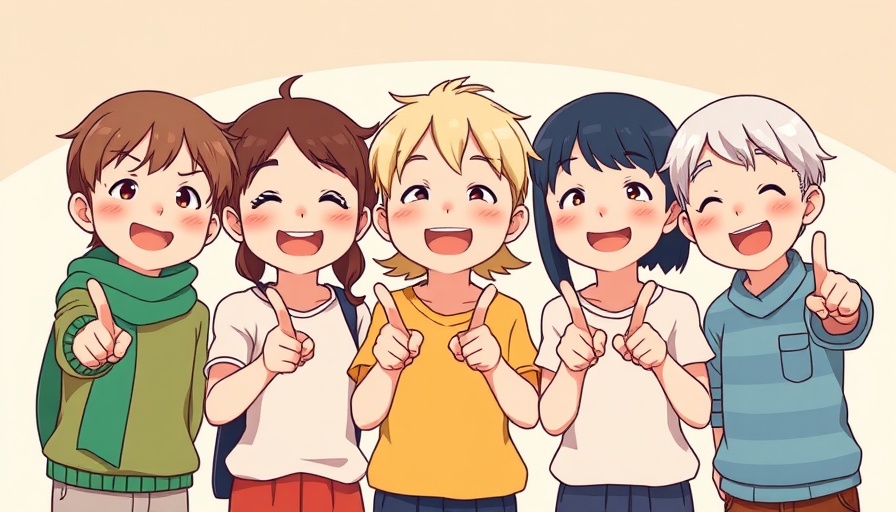
Can AI Compete with Creativity? A Look at Google’s Gemini
In a landscape increasingly dominated by artificial intelligence (AI) advancements, Google has launched its Gemini 2.5 Pro, aiming to democratize AI capabilities for everyday users. Initially a feature reserved for premium subscribers, this offering is now open to all, designed to contend with the likes of OpenAI's ChatGPT and Anthropic's Claude. But does it deliver what creative users are looking for, specifically in the realm of generating Ghibli-style images?
Understanding Gemini 2.5 Pro's Features
At its core, Gemini 2.5 Pro stands as a reasoning model akin to OpenAI's GPT-4o mini and DeepSeek R1. Google's promises highlight significant advancements in mathematical reasoning, coding capabilities, and overall performance in established AI benchmarks. However, while OpenAI's models flaunt seamless multimodal capabilities, including the ability to generate art, Gemini's ambiguity raises questions about its creative potential. Unlike competitors, Gemini remains shrouded in uncertainty regarding its image generation capabilities, leaving users to ponder its limitations.
The 'Ghiblify' Absence: An Opportunity Missed?
It appears that a pivotal aspect of creativity has evaded Gemini 2.5 Pro: the ability for inline style conversion—for instance, transforming images into a Ghibli aesthetic on demand. This limitation contrasts sharply with ChatGPT’s robust capabilities, which allow users to generate art in various styles effortlessly, appealing directly to those seeking to harness AI for artistic expression. With the lack of a “Ghiblify” feature, Google's AI is left at a disadvantage for users wishing to emulate the enchanting visuals of Studio Ghibli without third-party assistance.
Insights from the Competition: OpenAI and Others
OpenAI’s models, particularly the GPT-4o, not only provide advanced reasoning and text generation but also integrate creative functionalities that resonate with a broader audience—an understanding of trends that seems to elude Gemini. With models like Grok 3 also entering the field, echoing similar capabilities as ChatGPT, Google seems to be trailing behind. The competition emphasizes the importance of user-friendly creative tools in a market eager for innovation.
The Future of AI in Artistic Expression
As AI continues to evolve, the demand for creative and artistic applications becomes increasingly evident. Users consistently seek models that not only perform rigorous tasks but also fulfill their creative aspirations. While Gemini 2.5 Pro showcases Google's advancements in AI reasoning, the need for seamless artistic expression must be addressed to compete effectively. Future versions of Gemini might consider integrating more robust image generation capabilities to meet this emerging demand.
Conclusion: The Imperative for Creative AI
As platforms evolve, they must cater to the multifaceted needs of users. While Google's Gemini 2.5 Pro stands as a testament to its advancements in reasoning and logic, its lack of creative flexibility raises concerns. As consumers increasingly look for tools that can fuse creative arts with technical expertise, it remains imperative for technological giants to diversify their offerings. If you're interested in exploring creative AI options that can generate artistic styles like Ghibli, now is the time to investigate alternatives that meet your artistic aspirations. The competitive landscape continues to change rapidly, and staying informed about the latest advancements can empower users to make the most of these innovative tools.
 Add Row
Add Row  Add
Add 




 Add Row
Add Row  Add
Add 

Write A Comment